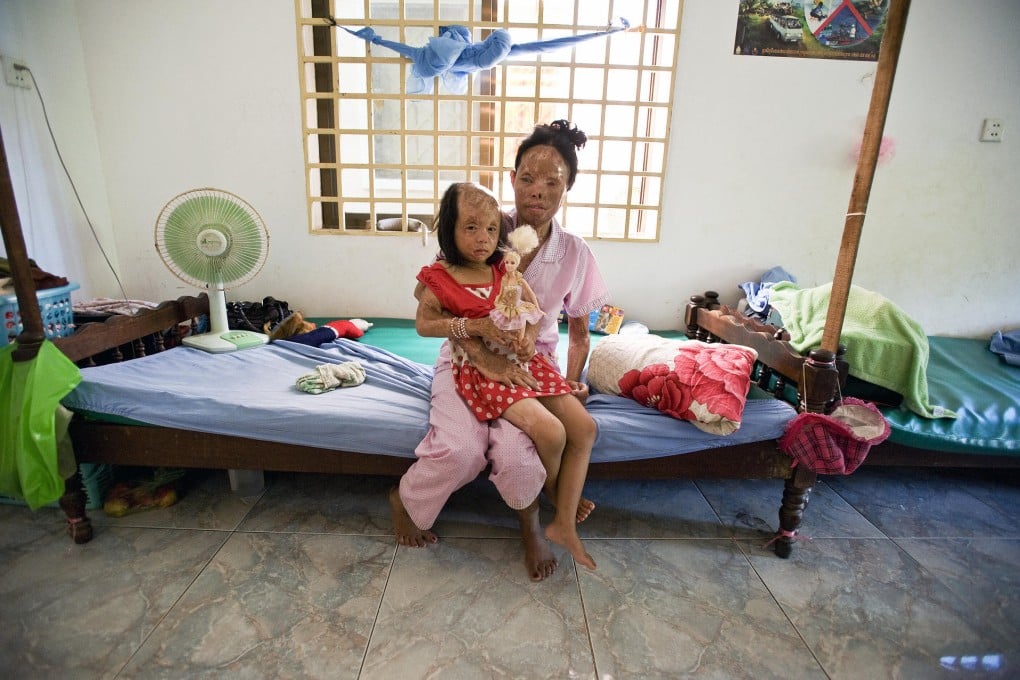A life sentence: Cambodia's acid-attack victims face an agonising future
Gruesomely disfigured, shunned by society and often penniless, victims deal with the harsh realities caused by a malicious attack, writes Tibor Krausz.

One of the last things Chheav Chenda saw, through blurring vision as the acid burned away her corneas, was a man laughing at her. She still has nightmares about him.
It was around 3.30pm on February 5, 2008, and Chheav Chenda had been riding her moped home in Phnom Penh, her three-year-old daughter, Malita, sitting in front of her. Two men drew alongside on a motorbike and she remembers one of them shouting, "Hey! Hey! Hey!", to get her attention. She turned to look and, as she did so, the man riding pillion splashed her with a colourless substance, which she thought was water, from a metal container.
Suddenly, Chheav Chenda's skin felt like it was on fire. It wasn't hot water the man had thrown at her; it was sulphuric acid, a highly corrosive substance that is used in some batteries, cleaning agents and industrial processes. When it comes into contact with human tissue, the acid can cause irreparable damage by destroying layers of the skin. In high concentrations, it can melt bone.
Sulphuric acid was once known as the "oil of vitriol" and that's a fitting name. In Cambodia, scores of people have used it, and other highly potent acids, in malicious revenge attacks.
The acid dissolved Chheav Chenda's clothes, in hissing steams of vapour. She found herself standing naked, dazed and in shock, on a dusty street of Cambodia's capital with Malita crying beside her. Some of the acid had splashed the girl, too, scarring and disfiguring her for life.
Chheav Chenda's attacker had stopped to gawk and now stood there grinning as he watched the young woman trying to cover herself with her arms. He threw the empty container contemptuously in front of her, got back on the motorcycle and rode away with his accomplice.
As bystanders rushed to her aid, Chheav Chenda lay down under a tree and closed her painful eyes. She would never see again.
